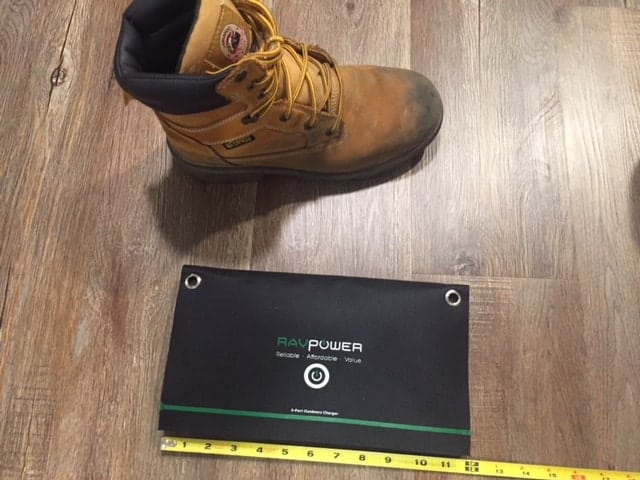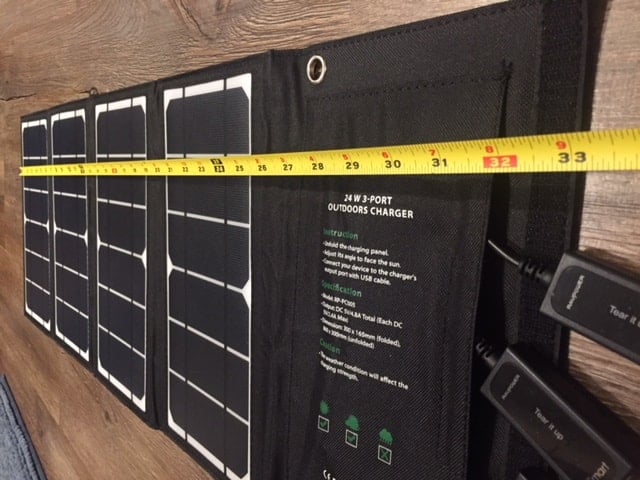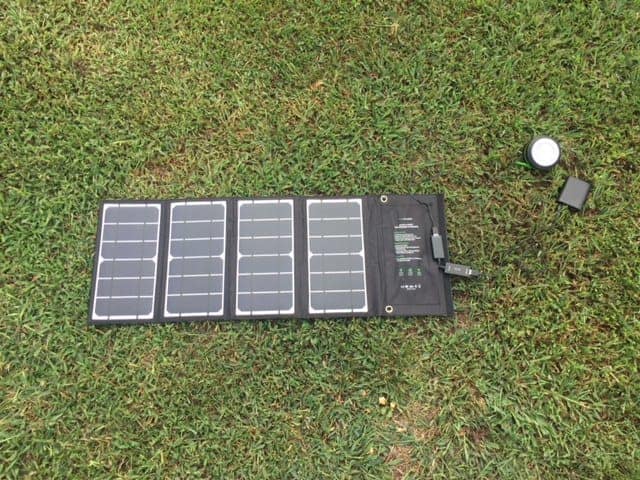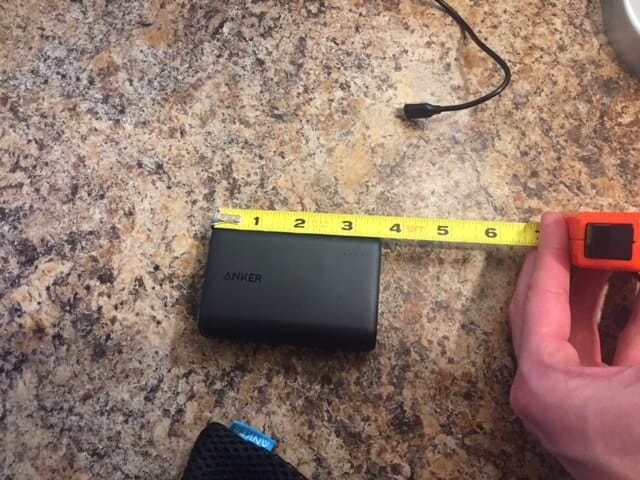So, it’s time to tackle the AT – or at least part of it – and you’re wondering about powering your devices. And you’re considering a solar charger but you’re wondering if using a solar device charger on the Appalachian trail will be a good idea…
A solar charger can work for the Appalachian Trail but it’s overall performance can be affected by many things. Due to the dense forest that lines the Appalachian Trail, there are other options that may prove more reliable.
Let’s discuss some solar charger pros and cons for specific AT scenarios and potential alternatives that you may like better.
Solar Charger Pros and Cons for Appalachian Trail
Pros
Power Source That Doesn’t Empty
If you have access to direct sunlight, you can get convertible energy. There’s no “running out” of solar energy. There may be times of ineffectiveness due to geographic location or time of day, but eventually, the sun will return. This makes you more flexible for the unexpected.
Do Not Need Multiple Units
If you use only power banks as your power supply, you may have to carry more than one. All of this is relative to your specific situation. But if you suspect you will need to charge multiple devices, a solar charger may be easier to pack.
Less Prep Work
Solar charger ready to use almost instantly after giving it access to direct sunlight. Remember with power banks, they can take a long time to charge themselves, before they even charge your device. This means more time prepping and packing. Will you have time for that? Something to consider.
Environmentally Friendly
Solar power doesn’t leave a carbon footprint. This factor is important to many people.
Cons
Weather
Bad weather will be bad news for your power supply. This creates scenarios where you begin your outdoor adventure, and when the weather doesn’t cooperate, you’re left without a power source.
For cloudy overcast days, you may still be able to get your solar charger to produce 25% of its rated capacity. But the total amount of power that you will get depends on how severe the overcast is. We will discuss this more later when we talk about a recommended solution.
Relies on Direct Sunlight
Even if you do have weather that cooperates, you still need to find direct access to sunlight. As we will discuss in depth below, direct sunlight is hard to find on the Appalachian Trail due to the forest. If you have solar panels clipped to your backpack, it will be difficult not only due to the canopy, but also because you will be changing direction and angles constantly. Your body will be shielded by trees and hills. If you do not have access to direct sunlight, charging will likely be a pain.
How Big Are Solar Chargers?
Size obviously matters when you are talking about packing a solar charger. Here is a look at mine both folded and unfolded. I weighed mine on a scale I have here at home and it weighs 1 pound 9.4 ounces.



Will a Solar Charger Work Well for Section Hiking or Thru Hiking the Appalachian Trail?
Using a solar charger on the AT can prove difficult because direct sunlight is limited. As you likely know, the Appalachian Trail is known as the “Green Tunnel” due to the deciduous forests that canopy it from Georgia to Maine.
Although these forests provide for a scenic hike, they make it risky relying solely on a solar charger for your power supply needs.
It’s impossible to know whether or not a solar charger would work for you without knowing your route and your plans and the time of year. Due to seasonal changes, late fall and early spring hikers may catch the deciduous trees without their leaves, allowing for much more direct sunlight. Under those conditions, a solar charger could be much more useful.
Also, do you plan to stop at hostels? How many devices do you have? Are you good at conserving your phone’s power? Do you plan on stopping during the day? There are a lot of variables.
But the fact remains that you are hiking. Which means you are moving and constantly changing direction. It won’t be as simple as clipping a solar panel to your pack and letting your devices charge as you walk. You would need to maintain contact with direct sunlight.
If you plan to stop at hostels every day or two, you may be able to get by with a power bank (or possibly without even a power bank if you are good with battery management techniques). If you are unfamiliar with power banks, they are portable chargers. They have an internal battery that itself can be charged. The battery can store electrical energy for you to use to power your phone or device later.
If you are interested in exploring this further, here is my article comparing solar chargers to power banks. I go over specific scenarios including thru hikes.
Ultimately, the safest bet may be to combine a solar charger with a small power bank.
Will a Solar Charger Work Well for Out-and-Back Base Camp Hiking on the Appalachian Trail?
Yes, a solar charger could work well for base camp hikers. This would allow you to leave your solar charger at the base camp and expose it to direct sunlight so that it can charge a device or a power bank.
Combining a solar charger with a couple small power banks would allow you to take one power bank with you on the trail for reserve power and leave the other behind to charge on the solar charger.
If you wish to take the solar charger with you on the trail to use, you will encounter many of the same problems detailed in the section above. The AT is known as the “green tunnel” for a reason and remember you will need access to consistent direct sunlight to use a solar charger.
Alternatives to a Solar Charger
Alternatives to solar charges include:
- Power Banks
- Case chargers
- Battery Generators
- Wood-burning stove chargers
- Hand crank chargers
Again, as I said above, I cover power banks vs solar chargers in great length in my article here. Case chargers are a form of power bank that attach to your phone like a phone case. Battery generators are also very similar to power banks, just larger. Battery generators are not something you would want to take out on the trail with you. They would likely only be useful if you were out-and-back base camping.
Wood-burning stove USB chargers use heat produced by the stove to charge a phone or small device. The practicality of these products is still in question due to the overall weight that they add to a backpack. The reviews on these products are mixed with both fans and critics of the product. A stove like this may be more practical for a survival scenario instead of a thru hike on the Appalachian Trail with a backpack.
Hand-crank chargers can be taxing to use and will also add a bit of weight to your backpack. They should be thought of as emergency-only as hand cranking a phone full of power would be very difficult. Although these are an option, I personally would never choose to use one of these over a simple power bank.
My Recommendation
Again, this is difficult without knowing your specific route and plans. My recommendation is this: prepare with versatility. Expecting the unexpected can be life-saving. Combine a solar charger with a power bank makes you versatile while on the trail. I posted a photo of a power bank I own below so you can get an idea of the size for your pack. My power bank weighs 6.4 ounces.
If you stop at hostels consistently, then you can re-charge your power bank there and rely entirely on it for power. The solar charger can stay in your pack in case of emergency. And of course it also offers you an opportunity to power your devices and power bank if you choose to hike thru for a few days without stopping.

